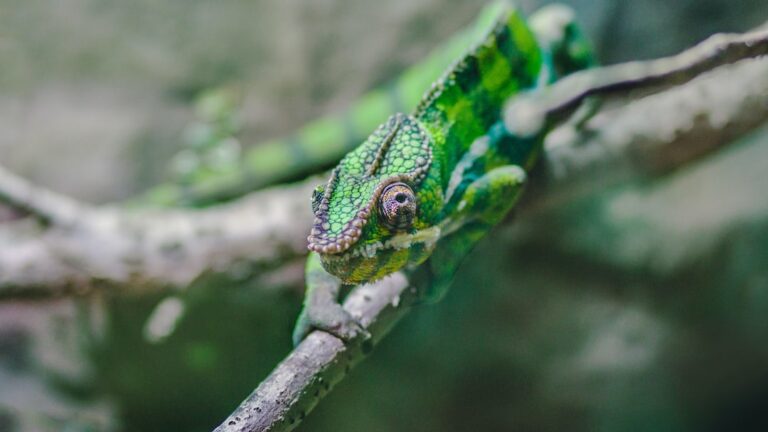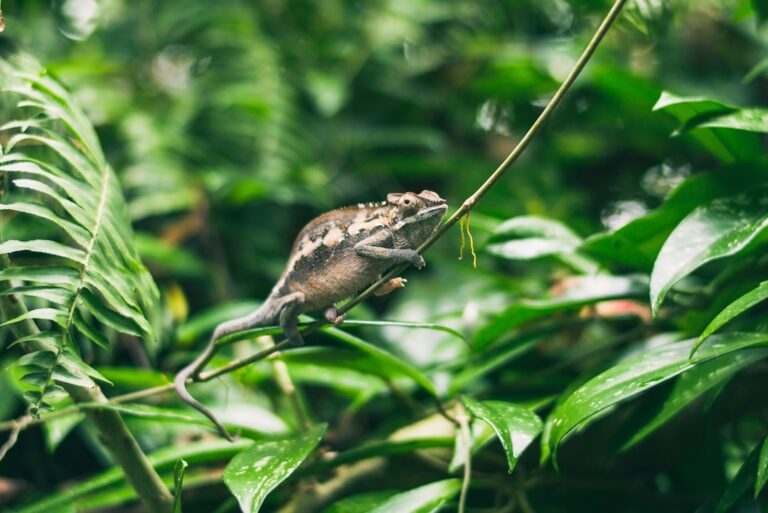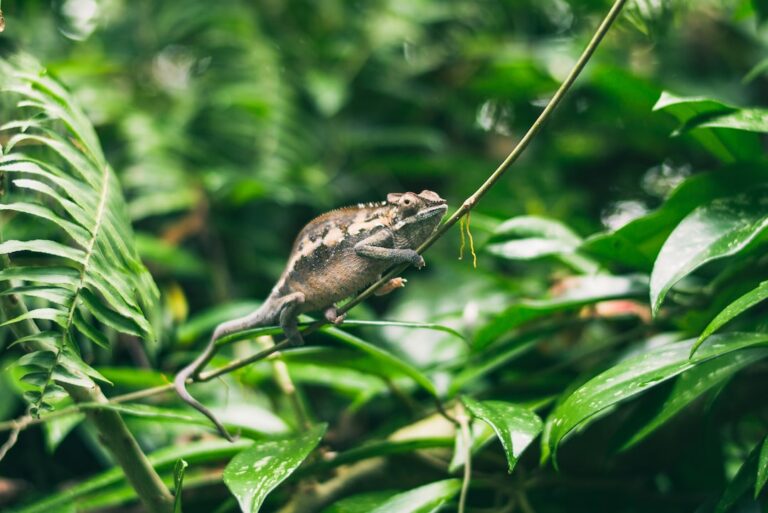Are Chameleons Smart?
Chameleons are fascinating creatures that are known for their unique ability to change colors to blend in with their surroundings. However, the question of whether they are intelligent or not is a topic of debate among scientists and reptile enthusiasts. Some argue that chameleons are highly intelligent and possess unique abilities, while others believe that they are simply instinctual creatures.
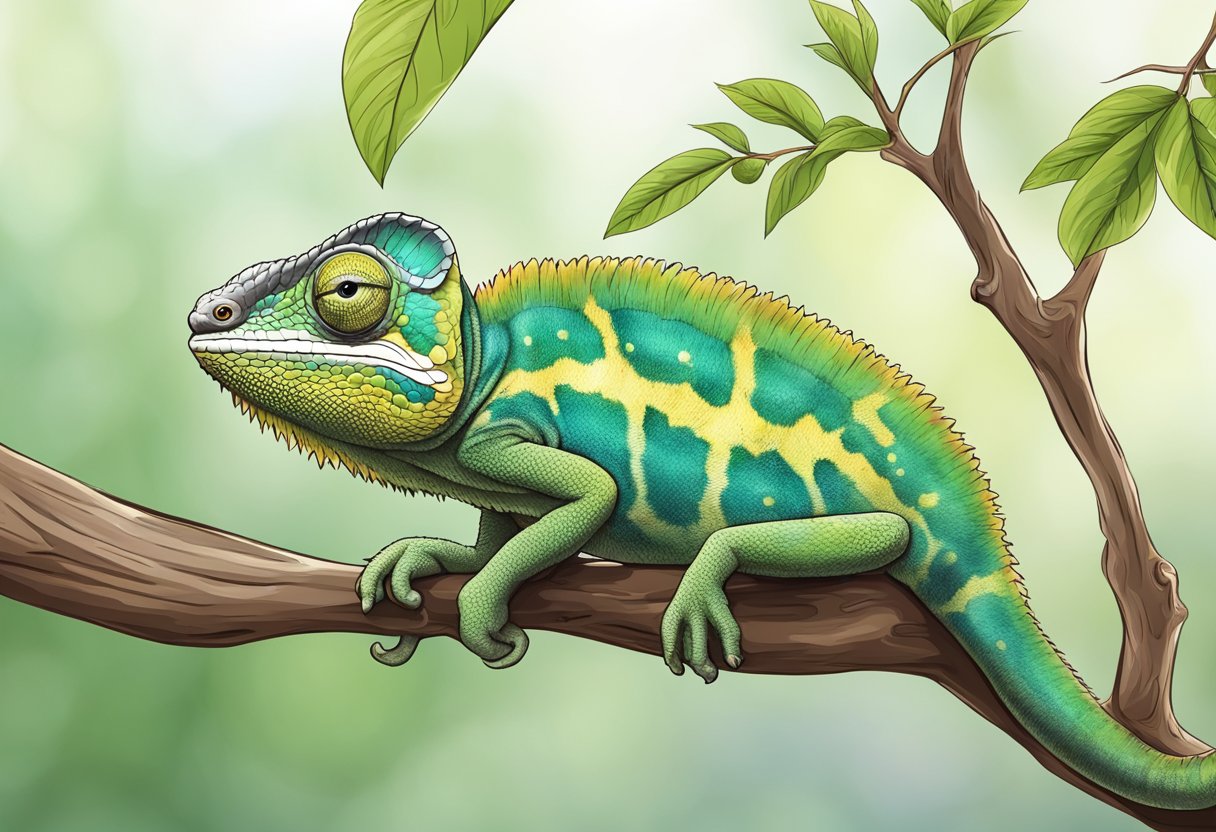
Those who believe that chameleons are intelligent point to their ability to change colors as evidence of their cognitive abilities. Chameleons use their color-changing ability to communicate with other chameleons, attract mates, and even regulate their body temperature. Additionally, chameleons have excellent eyesight and are able to spot prey from a distance, suggesting that they possess advanced visual processing skills.
On the other hand, those who argue that chameleons are not intelligent point to their relatively simple brain structure and limited social behavior. Chameleons are solitary creatures that do not form strong bonds with other chameleons, and their behavior is largely driven by instinct rather than conscious decision-making. Despite this, the question of whether chameleons are intelligent remains a topic of interest and research in the scientific community.
Table of Contents
Understanding Chameleon Intelligence
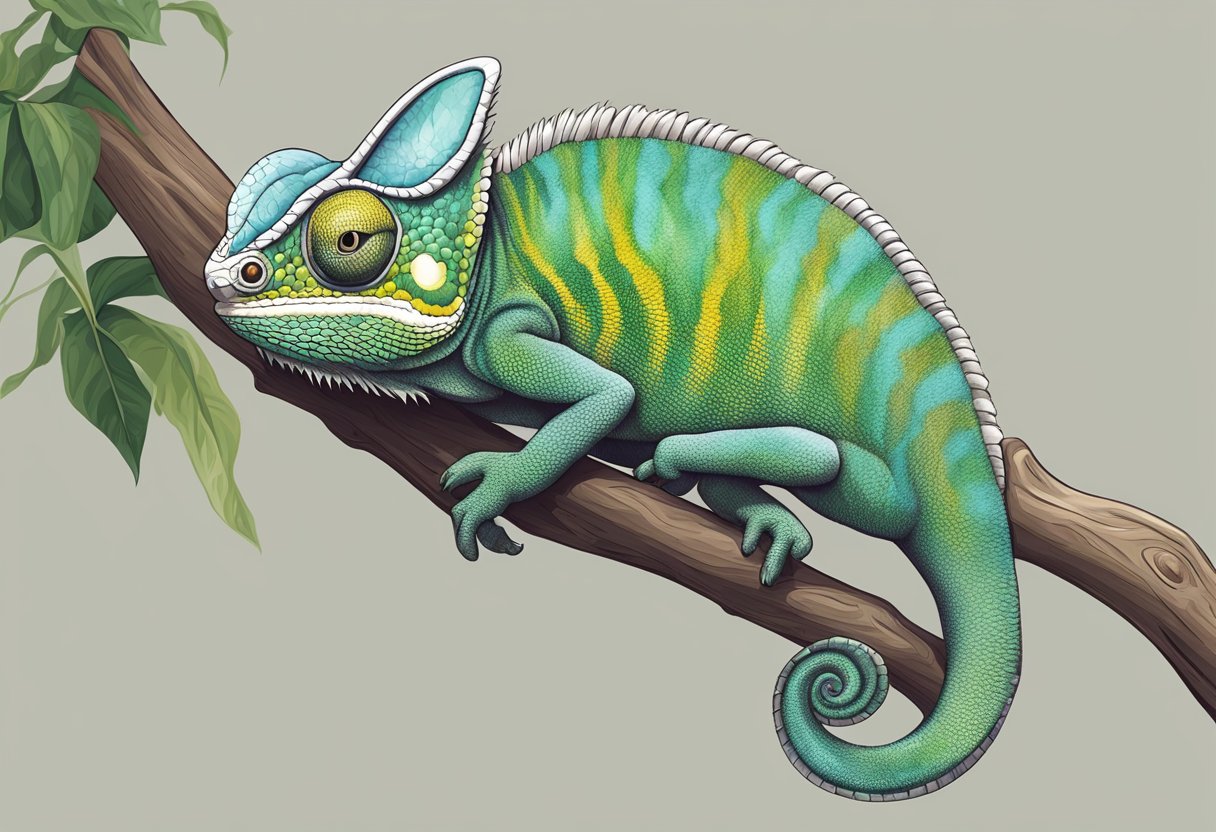
Chameleons are fascinating creatures that are known for their ability to change color to blend in with their surroundings. However, many people wonder if chameleons are smart. In this section, we will explore the cognitive abilities of chameleons and their problem-solving skills.
Cognitive Abilities and Learning
Chameleons have relatively small brains compared to other reptiles, but they are capable of learning and adapting to their environment. They have been shown to have good spatial memory and can remember the location of food sources. They are also able to learn through trial and error, which is a sign of intelligence.
Chameleons and Memory
Chameleons have been shown to have good short-term memory, but their long-term memory is not as well understood. They are able to remember the location of food sources and other important information for several hours, but it is unclear how long they can remember this information.
Problem-Solving Skills
Chameleons are capable of solving simple problems, such as finding the shortest route to a food source, but they are not as skilled at problem-solving as some other animals. They have been shown to have a limited ability to use tools, which is a sign of intelligence in some animals.
In conclusion, chameleon intelligence is a complex topic that requires more research. While chameleons are not as intelligent as some other animals, they are capable of learning and adapting to their environment. Their cognitive abilities and problem-solving skills are still being studied, but it is clear that chameleons are capable of more than just changing color.
Physical Adaptations
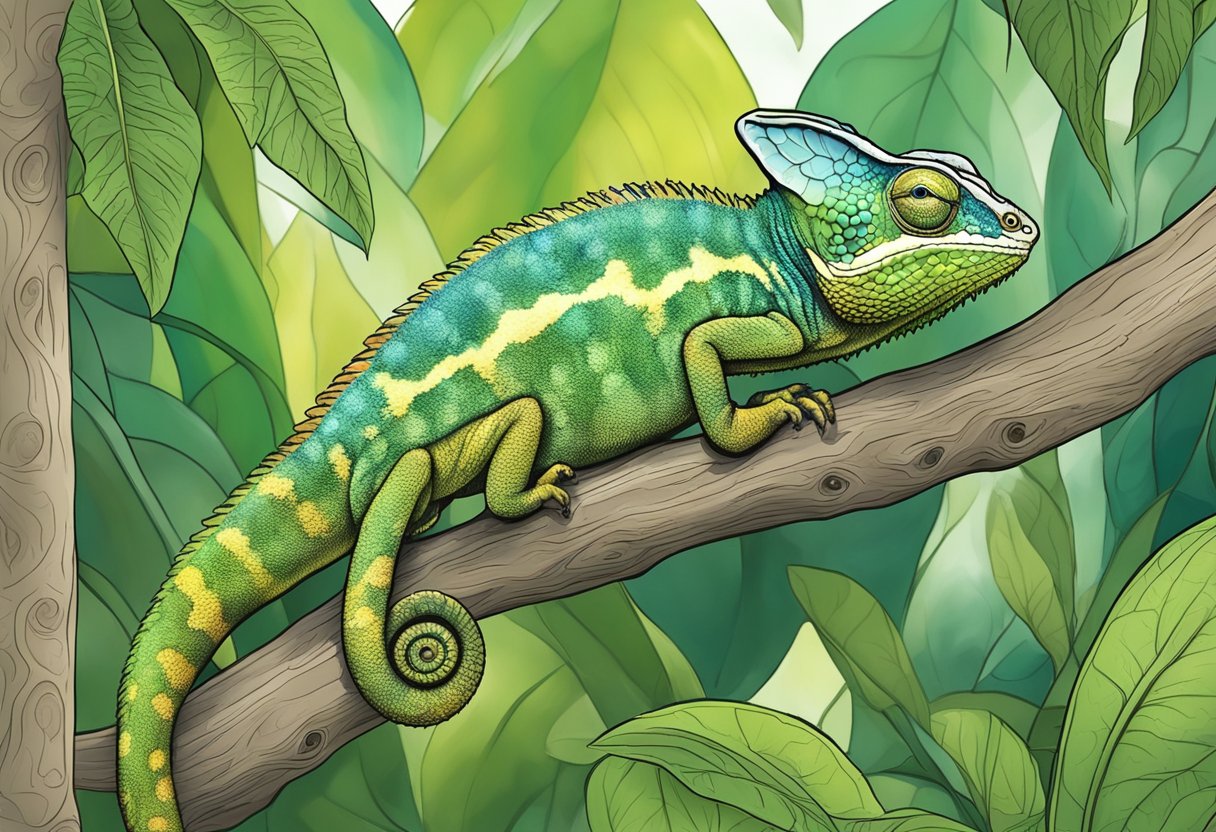
Chameleons are known for their unique physical adaptations that enable them to survive in their environment. These adaptations include color-changing mechanisms, sensory adaptations, and the ability to regulate their body temperature.
Color-Changing Mechanisms
One of the most well-known physical adaptations of chameleons is their ability to change color. Chameleons use specialized cells called chromatophores to expand or contract and change the color of their skin. This adaptation enables chameleons to blend into their surroundings and avoid predators. Additionally, chameleons can change their color to communicate with other chameleons and regulate their body temperature.
Sensory Adaptations
Chameleons also have unique sensory adaptations that enable them to survive in their environment. They have excellent eyesight and can move their eyes independently, allowing them to have a 360-degree view of their surroundings. Chameleons also have a long tongue that can extend up to twice the length of their body, enabling them to catch prey from a distance.
Regulating Body Temperature
Chameleons can regulate their body temperature by changing their color and basking in the sun. They have a specialized layer of skin that reflects sunlight and helps them maintain their body temperature. Additionally, chameleons can change their color to absorb more or less heat from the sun, depending on their needs.
In conclusion, chameleons have unique physical adaptations that enable them to survive in their environment. Their ability to change color, sensory adaptations, and the ability to regulate their body temperature are just a few of the adaptations that make them fascinating creatures.
Social Behaviors and Communication
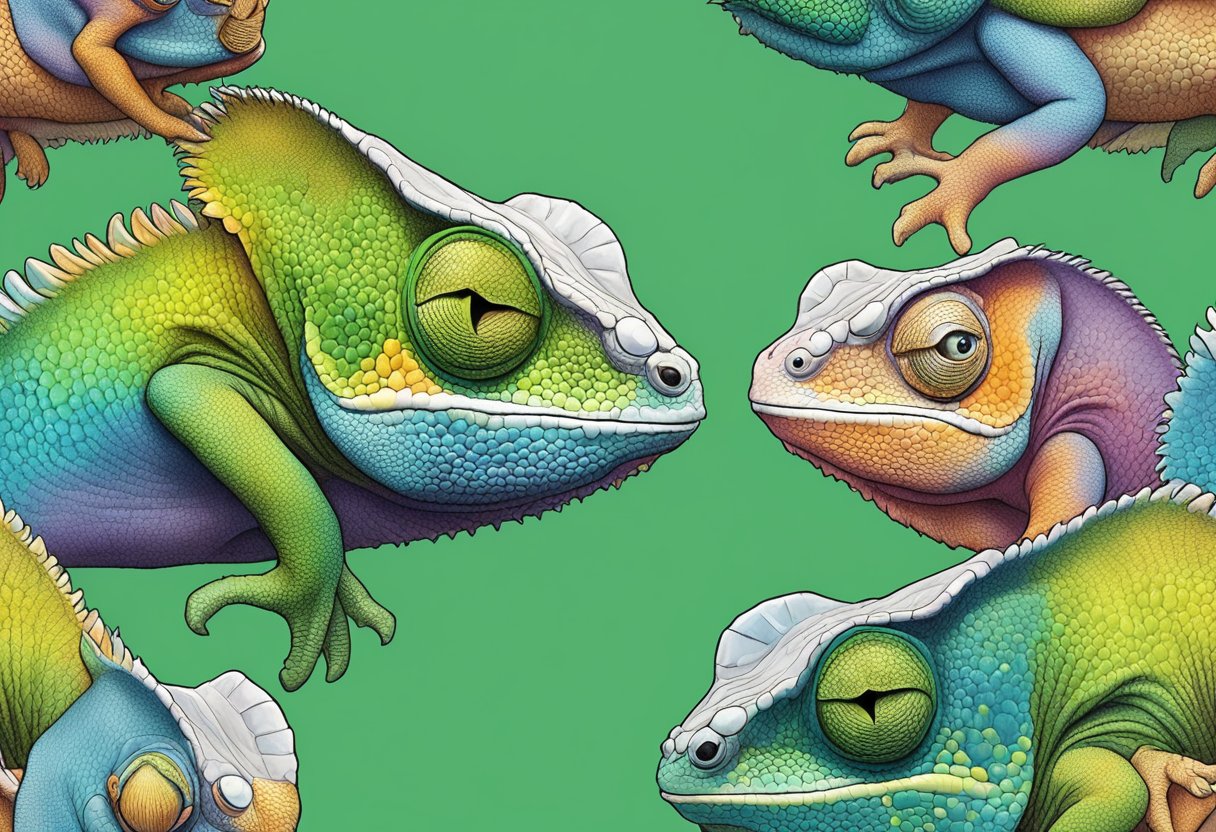
Chameleons are known for their solitary nature, but they do have social behaviors and communication methods that they use with other chameleons and their owners. In this section, we will explore some of the ways chameleons interact with each other and communicate with their environment.
Interactions with Other Chameleons
While chameleons are not typically social animals, they do interact with other chameleons in the wild. Male chameleons, in particular, will sometimes engage in territorial displays to warn off other males and attract females. These displays can include puffing up their bodies, changing colors, and bobbing their heads.
Body Language and Display
Chameleons use their body language to communicate with their environment. They can change the color of their skin to blend in with their surroundings or to signal their mood. For example, a dark coloration may indicate stress or aggression, while a brighter color may indicate a more relaxed state.
Chameleons also use their body language to display dominance or submission. A dominant chameleon may puff up its body and extend its throat flap, while a submissive chameleon may flatten its body and avoid eye contact.
Recognizing Owners and Socialization
While chameleons are not typically affectionate animals, they are capable of recognizing their owners and becoming accustomed to their presence. Chameleons can learn to associate their owners with positive experiences, such as feeding or handling, and may become more relaxed and comfortable around them over time.
Chameleons are also capable of learning, and can be trained to respond to certain stimuli or cues. For example, a chameleon may learn to associate a certain sound or gesture with the arrival of food, and may start to exhibit certain behaviors in anticipation of feeding time.
In conclusion, while chameleons may not be the most social animals, they do have social behaviors and communication methods that they use to interact with their environment. By understanding these behaviors, owners can better understand and care for their chameleons.
Survival Strategies
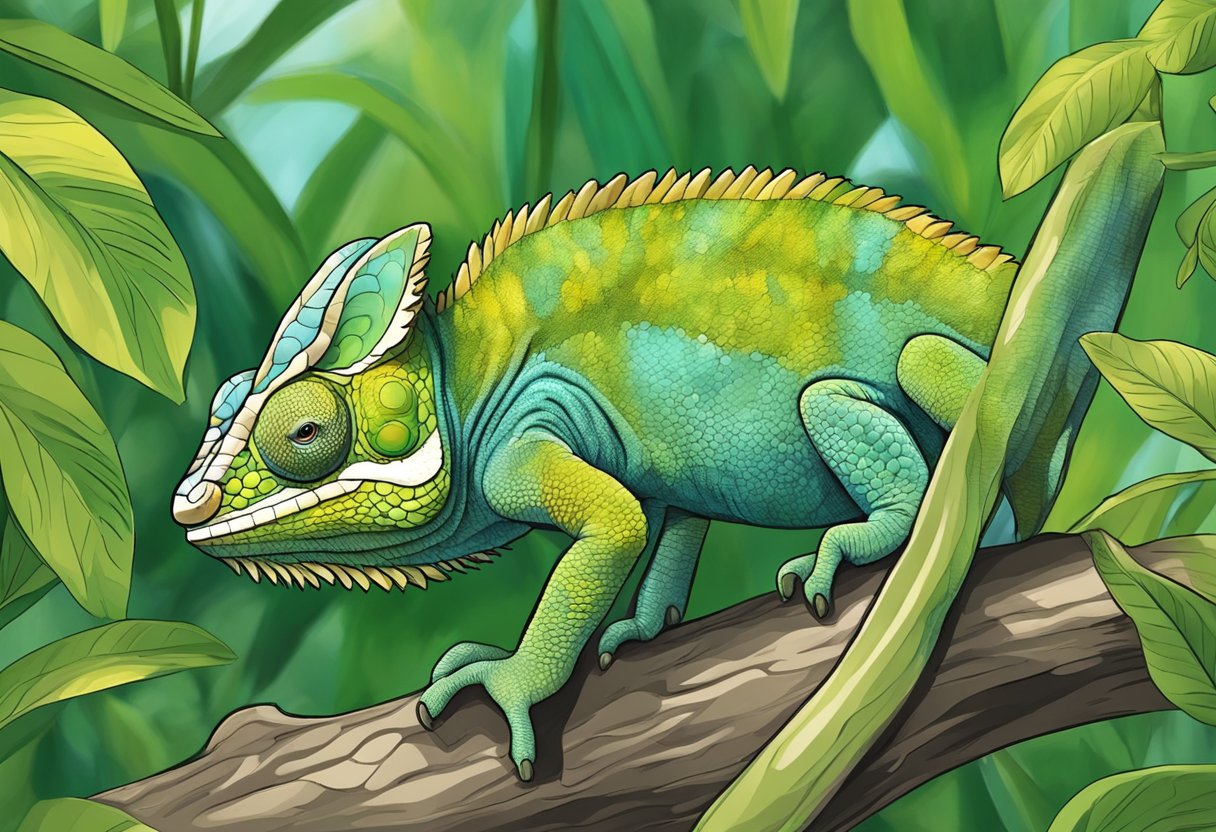
Chameleons are known for their unique ability to change color to blend into their surroundings. However, this is just one of the many survival strategies they use to thrive in the wild. In this section, we will explore some of the key ways chameleons protect themselves from predators, find food, and adapt to their environment.
Predator Avoidance
Chameleons are often preyed upon by birds, snakes, and other predators. To avoid becoming a meal, chameleons have several tricks up their sleeve. One of the most effective is their ability to blend into their surroundings. By changing their skin color and texture, chameleons can become almost invisible to predators. They also have a unique way of moving that makes them hard to spot. Chameleons move slowly and deliberately, often pausing for long periods of time, which makes them difficult for predators to detect.
Hunting and Foraging
Chameleons are carnivores, and they primarily feed on insects. To find food, chameleons use their keen eyesight to spot prey from a distance. They then use their long, sticky tongue to capture the insect and bring it back to their mouth. Chameleons are also known for their patience. They will often wait for hours in one spot, waiting for prey to come within striking distance.
Habitat and Environment Adaptations
Chameleons are found in a variety of habitats, from rainforests to deserts. To survive in these environments, chameleons have adapted in several ways. For example, chameleons that live in rainforests have developed long, grasping tails that allow them to move through the dense vegetation. Chameleons that live in deserts have evolved to conserve water, and they are able to go for long periods of time without drinking.
In conclusion, chameleons are intelligent creatures that have developed a variety of survival strategies to protect themselves from predators, find food, and adapt to their environment. By blending into their surroundings, using their keen eyesight and long, sticky tongue to capture prey, and adapting to their habitat, chameleons are able to thrive in the wild.
Comparative Analysis
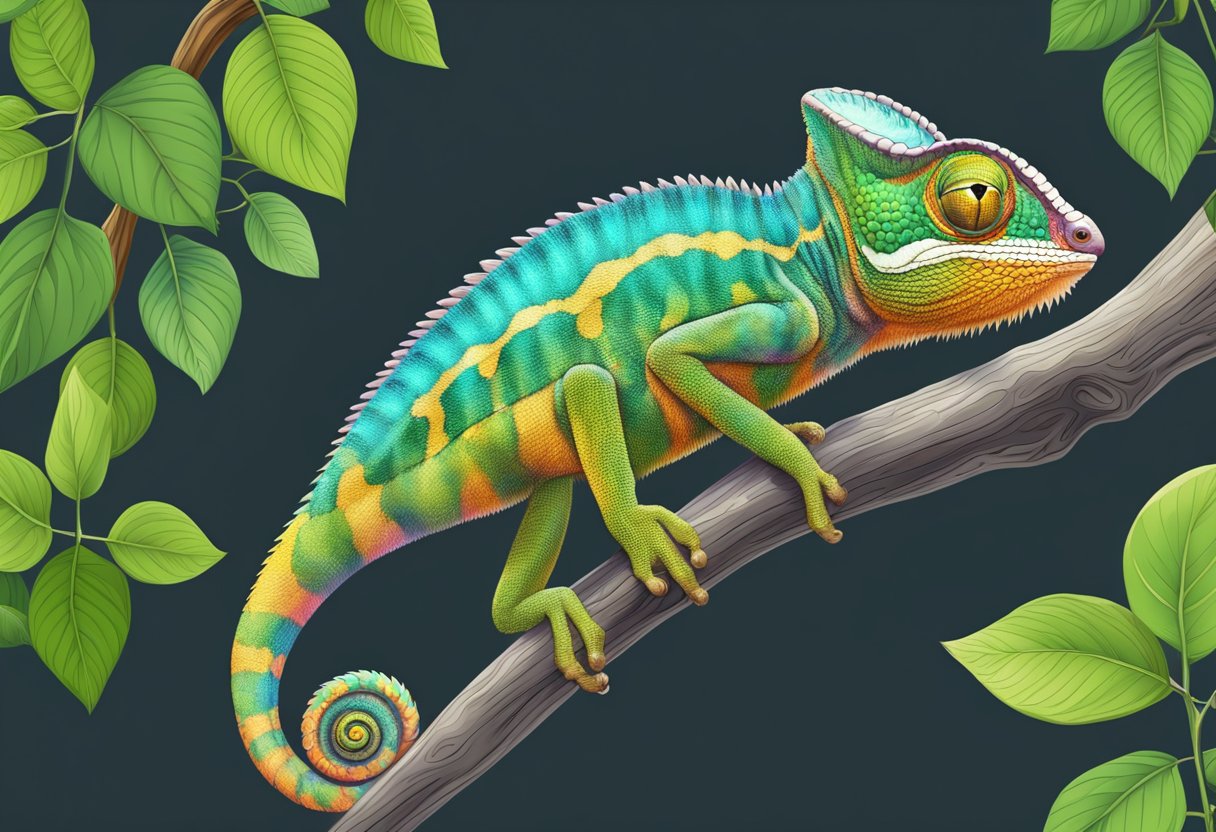
Chameleons vs Mammals and Birds
When it comes to intelligence, chameleons are often compared to mammals and birds. While mammals and birds are known for their advanced cognitive abilities, chameleons have relatively small brains. However, this does not necessarily mean that chameleons are not intelligent. In fact, chameleons have evolved a number of unique adaptations that allow them to survive in their environment.
Brain Size and Complexity
Chameleons have small brains compared to most mammals, but this does not necessarily mean that they are less intelligent. In fact, chameleons have specialized brain structures that allow them to change their skin color and pattern, navigate their environment, and catch prey. While their brains may be small, they are highly specialized and complex.
Evolutionary Perspective
Chameleons have been around for millions of years, and over that time, they have evolved a number of unique adaptations. These adaptations have allowed them to survive in a variety of environments and to avoid predators. While chameleons may not have the same cognitive abilities as mammals and birds, they have evolved a number of unique adaptations that make them highly specialized and successful in their environment.
In conclusion, while chameleons may not have the same cognitive abilities as mammals and birds, they have evolved a number of unique adaptations that make them highly specialized and successful in their environment. Their small brains are highly specialized and complex, allowing them to change their skin color and pattern, navigate their environment, and catch prey.
Chameleon Species Variations

Jackson’s Chameleon
Jackson’s chameleon (Trioceros jacksonii) is a species of chameleon that is native to East Africa. They are known for their three horns on their head and their ability to change color. Jackson’s chameleon is also known for its relatively high intelligence compared to other chameleon species. They have been observed to recognize their owners and show signs of social learning.
Species-Specific Intelligence Traits
While Jackson’s chameleon is known for its intelligence, other species of chameleons also possess unique intelligence traits. For example, the veiled chameleon (Chamaeleo calyptratus) has been observed to have a remarkable spatial memory. They can remember the location of food and water sources, even after several days.
On the other hand, the pygmy chameleon (Rhampholeon spp.) has been observed to have excellent camouflage skills. They can change their color and body shape to blend in with their surroundings, making them difficult to spot by predators.
Overall, each species of chameleon has its own unique set of intelligence traits, making it difficult to make generalizations about chameleons as a whole. However, it is clear that chameleons possess a level of intelligence that is often underestimated.
Frequently Asked Questions
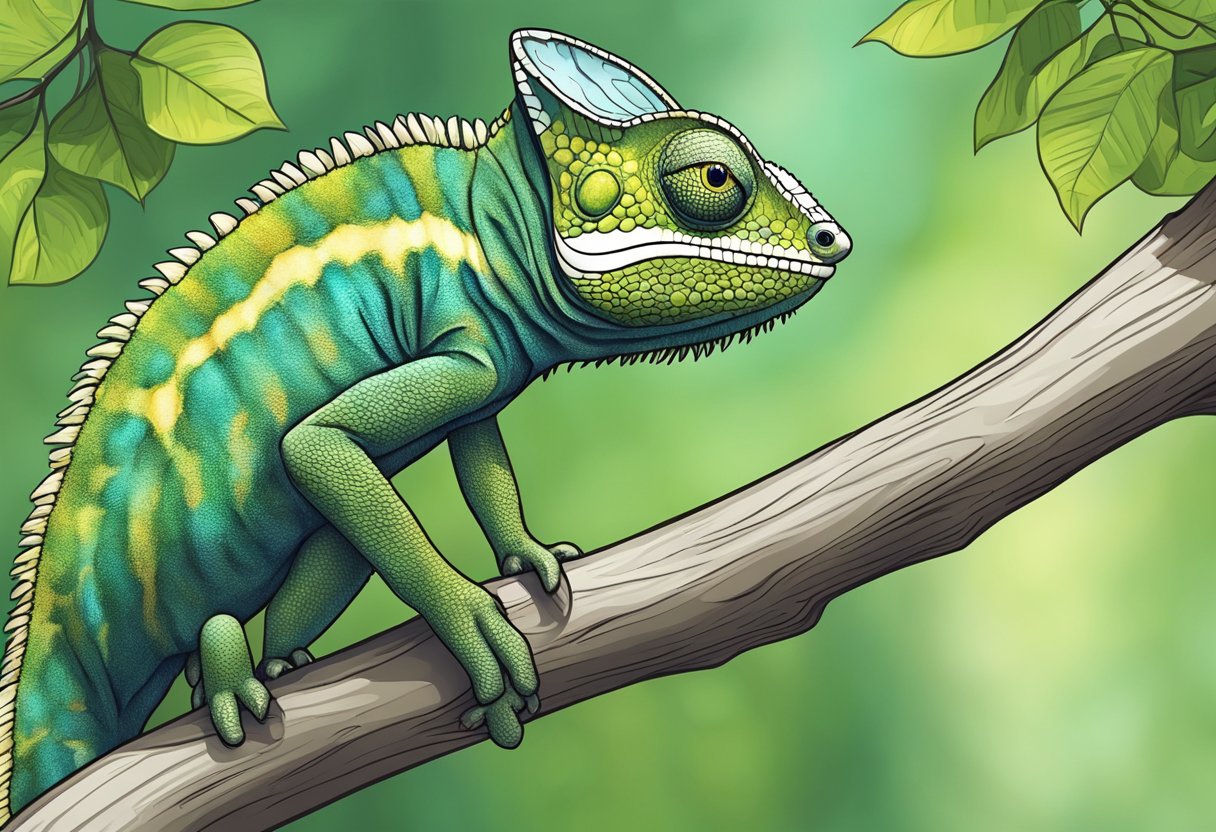
How do chameleons demonstrate their intelligence?
Chameleons are known for their unique and impressive physical abilities, such as their ability to change color and their long, sticky tongues. However, they also demonstrate intelligence through their problem-solving skills, memory, and social behavior. For example, chameleons have been observed using their tongues to manipulate objects and solve puzzles, and they are able to remember the location of food sources in their environment. They also exhibit social behavior, such as territoriality and courtship displays.
Can chameleons form bonds with their owners?
While chameleons are not typically considered social animals, they can become accustomed to their owners and recognize them as a source of food and care. However, they are not capable of forming the same type of emotional bonds as dogs or cats.
What behaviors indicate that a chameleon recognizes its human?
Chameleons may exhibit certain behaviors that indicate they recognize their human, such as approaching the front of their enclosure when their owner enters the room or becoming less stressed when being handled by their owner compared to a stranger. However, it is important to remember that chameleons are not domesticated animals and may not exhibit the same level of recognition and trust as a pet that has been bred for companionship.
Do chameleons exhibit emotional responses?
While chameleons do not exhibit emotions in the same way that humans do, they can experience stress and discomfort. It is important to provide a comfortable and appropriate environment for your chameleon and to handle them gently and respectfully.
What are the signs of a chameleon’s comfort when being handled?
A chameleon that is comfortable being handled may exhibit relaxed body language, such as a flattened body and relaxed grip on branches or other objects. They may also be more willing to approach their owner and may not exhibit defensive behaviors, such as hissing or biting.
How do chameleons react to water spraying and is it beneficial for them?
Chameleons may enjoy being misted with water, as it can help to maintain proper humidity levels in their enclosure and mimic the natural environment. However, it is important to avoid spraying them directly in the face or eyes, as this can cause stress and discomfort. It is also important to ensure that their enclosure is not too damp, as this can lead to health problems.

